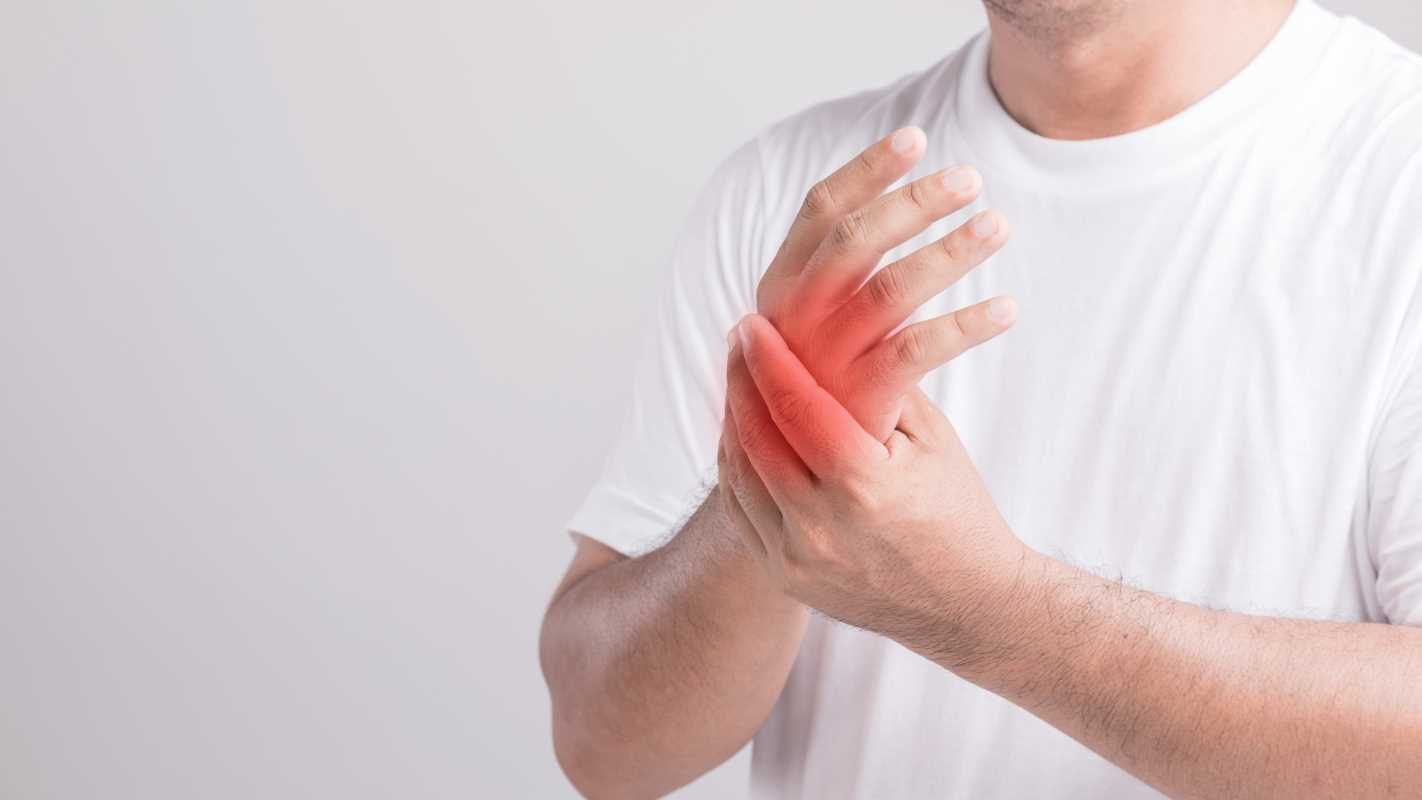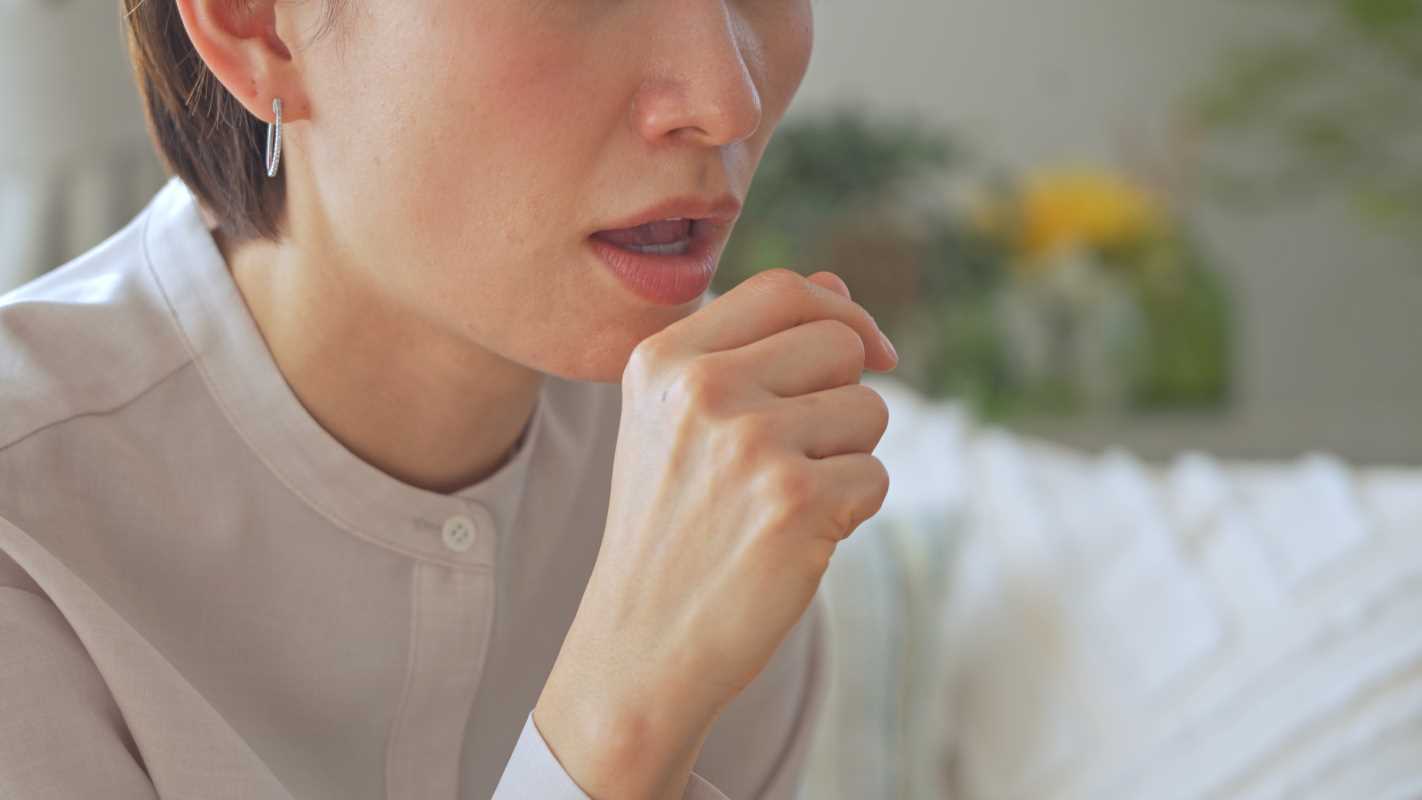That pounding in your head can stop you in your tracks, whether it's a dull ache that builds throughout the day or a sudden, intense pain that makes you want to hide in a dark room. Headaches come in many forms, each with different causes and effective treatments. Let's break down the most common types of headaches and the remedies that actually work for each one.
Tension Headaches: The Most Common Culprit
Tension headaches feel like a tight band around your head, causing mild to moderate pain on both sides.
Over-the-counter options:
- Acetaminophen (Tylenol) works well for mild tension headaches with fewer side effects than other options
- NSAIDs like ibuprofen (Advil, Motrin) or naproxen sodium (Aleve) reduce both pain and inflammation
- Aspirin can be effective but may cause stomach irritation in some people
- Combination medications containing caffeine, aspirin, and acetaminophen (Excedrin) can work quickly for moderate tension headaches
Non-medication approaches:
- Stress management techniques like deep breathing or progressive muscle relaxation
- Hot or cold therapy – a warm shower or cold pack on your forehead or neck
- Massage focusing on the shoulders, neck, and base of the skull
- Staying hydrated can prevent tension headaches before they start
- Regular exercise reduces frequency and severity of tension headaches over time
Migraines: When Light and Sound Become Your Enemies
Migraines cause moderate to severe throbbing pain, often on one side, and may include nausea, light sensitivity, and visual disturbances.
Prescription medications:
- Triptans (sumatriptan/Imitrex, rizatriptan/Maxalt) specifically target migraine mechanisms
- CGRP antagonists (ubrogepant/Ubrelvy, rimegepant/Nurtec ODT) are newer options with fewer side effects
- Ditans (lasmiditan/Reyvow) for people who can't take triptans due to cardiovascular issues
- Anti-nausea medications like metoclopramide (Reglan) or prochlorperazine (Compazine)
Preventive treatments:
- Beta-blockers such as propranolol (Inderal) or metoprolol (Lopressor)
- Antidepressants like amitriptyline (Elavil) or venlafaxine (Effexor)
- Anti-seizure medications including topiramate (Topamax) or valproate
- CGRP monoclonal antibodies (Aimovig, Ajovy, Emgality, Vyepti) – monthly or quarterly injections
- Botox injections – FDA-approved for chronic migraine prevention
Natural approaches:
- Magnesium supplements (400-600mg daily) reduce frequency in many migraineurs
- Riboflavin (Vitamin B2) at 400mg daily shows promise in prevention
- Coenzyme Q10 (100mg three times daily) may reduce frequency
- Feverfew herb has traditional use for migraines
- Acupuncture has demonstrated effectiveness in clinical trials
Cluster Headaches: The "Suicide Headache"
Cluster headaches cause excruciating pain around one eye, with tearing, redness, and nasal congestion, typically lasting 15-180 minutes.
Fast-acting treatments:
- High-flow oxygen therapy (100% oxygen at 12-15 liters per minute) often stops attacks within 15 minutes
- Injectable or nasal spray triptans work more quickly than pills
- Octreotide injections (Sandostatin) can be effective when oxygen isn't available
- Lidocaine nasal drops may provide relief in some cases
Preventive options:
- Verapamil (calcium channel blocker) is the first-line preventive treatment
- Lithium carbonate particularly effective for chronic cluster headaches
- Melatonin (10mg daily) helps some cluster headache sufferers
- Anti-seizure medications like topiramate or gabapentin
- Nerve blocks targeting the occipital or sphenopalatine ganglion
Sinus Headaches: When Your Sinuses Are the Problem
True sinus headaches occur with sinus infections and cause pain, pressure, and fullness in cheeks, forehead, or bridge of nose.
Treatment approach:
- Antibiotics if bacterial infection is confirmed (not for viral sinusitis)
- Nasal corticosteroids (fluticasone/Flonase, mometasone/Nasonex) reduce inflammation
- Nasal decongestant sprays like oxymetazoline (Afrin) – use limited to 3 days to avoid rebound congestion
- Oral decongestants containing pseudoephedrine help drain sinuses
- Saline nasal irrigation with neti pot or saline spray loosens mucus and reduces pressure
Note: Many self-diagnosed "sinus headaches" are actually migraines with sinus symptoms. If decongestants don't help but migraine medications do, you may be dealing with a migraine.
Medication Overuse Headaches: When the Cure Becomes the Cause
These headaches result from regular, long-term use of headache medications, creating a vicious cycle of pain.
Breaking the cycle:
- Gradual tapering of overused medications under medical supervision
- Bridge therapy with different medications during withdrawal period
- Preventive medications started before discontinuing overused medications
- Hydration and rest to help manage withdrawal symptoms
- Counseling or support groups for emotional support during the process
Hormonal Headaches: The Monthly Visitor
Many women experience headaches tied to hormonal fluctuations, particularly before or during menstruation.
Targeted approaches:
- Continuous birth control to prevent hormonal fluctuations
- Triptans taken preventively a few days before expected headaches
- NSAIDs started before menstruation and continued for several days
- Magnesium supplementation throughout the month
- Estrogen patches during the placebo week of oral contraceptives
General Lifestyle Approaches for All Headache Types
Daily habits that reduce headache frequency:
- Consistent sleep schedule – going to bed and waking up at the same times
- Regular meals to maintain stable blood sugar levels
- Staying hydrated with at least 8 glasses of water daily
- Stress management through meditation, yoga, or other relaxation techniques
- Limiting caffeine to moderate amounts with consistent daily intake
- Regular exercise – aim for 150 minutes of moderate activity weekly
- Posture awareness to reduce neck and shoulder tension
- Screen breaks to prevent eye strain and associated tension
Tracking and triggers:
- Headache diary to identify patterns and triggers
- Weather monitoring – barometric pressure changes affect many sufferers
- Food trigger awareness – common culprits include aged cheeses, processed meats, alcohol, and artificial sweeteners
- Environmental sensitivity reduction – controlling bright lights, strong smells, and loud noises
When to See a Doctor
While most headaches aren't dangerous, certain signs warrant immediate medical attention:
- The "worst headache of your life," especially if sudden onset
- Headache with fever, stiff neck, confusion, seizures, or double vision
- Headache after head injury
- Headache with weakness, numbness, or speech difficulties
- New headache type after age 50
- Chronic headaches that don't respond to over-the-counter treatments
The Bottom Line
Finding effective headache relief often requires a combination of approaches tailored to your specific headache type. What works for tension headaches might not touch a migraine, and cluster headache treatments are in a category of their own. By understanding your headache pattern and trying targeted treatments, you can find relief and get back to living your life – without that pounding in your head.
Remember that prevention is often the best treatment. Identifying and avoiding your personal triggers, maintaining healthy habits, and using preventive medications when appropriate can dramatically reduce how often you reach for pain relievers in the first place.
 (Image via
(Image via





